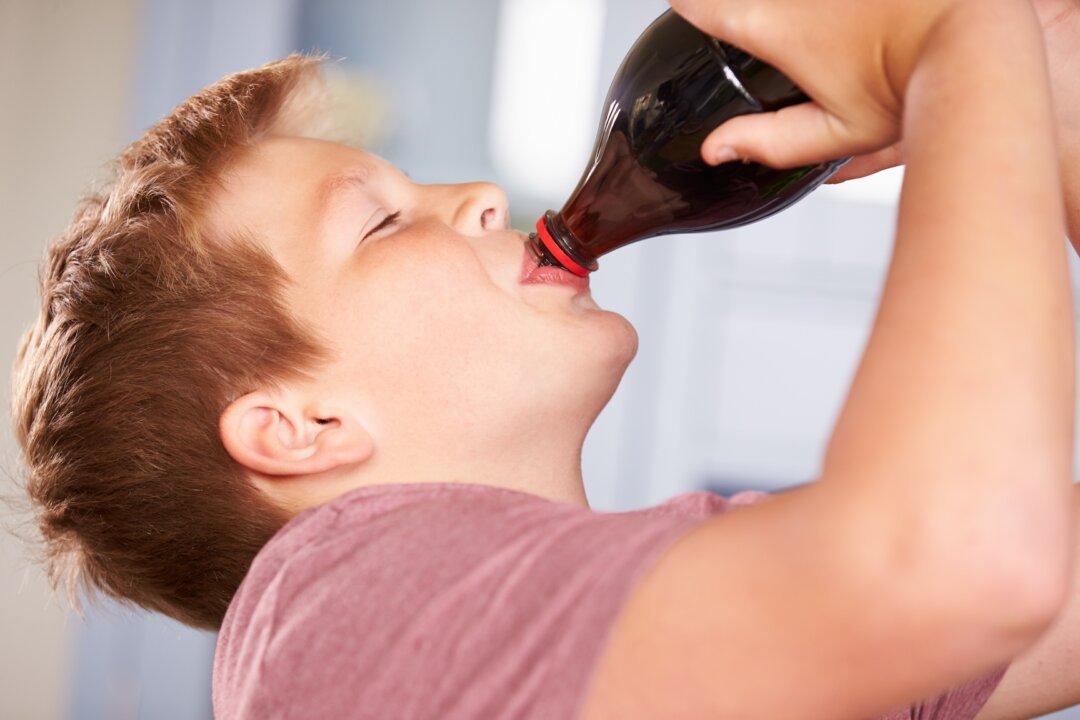Researchers examined SSB intake among children and adolescents aged 3–19 between 1990 and 2018. The study model categorized the data into seven distinct regions based on general similarities in risk profiles and disease outcomes. SSBs were defined as “any beverages with added sugars and ≥209 kJ (50 kcal) for each 237 g serving, including commercial or homemade beverages, soft drinks, energy drinks, fruit drinks, punch, lemonade, and aguas frescas.
” One serving was standardized as 248 g (8 oz). The authors found that, across the 185 countries studied, SSB intake increased by 23 percent among children and adolescents between 1990 and 2018. Overall, 10.
4 percent of all young people worldwide drink an average of seven or more sugary drinks per week. The study also found substantial regional differences, with the highest mean rate of SSB consumption being in Latin America and the Caribbean (at 9.1 servings per week) and the lowest in South Asia (at 1.
3 servings per week). Of the 25 countries with the most children and teens, Mexico had the highest sugary drink consumption, followed by Uganda, Pakistan, South Africa, and the United States. However, the cost to individual health and health care systems is much higher.
Proposed measures to reduce SSB consumption include sugar-sweetened beverage taxes, restrictions on marketing to children and teens, and increased public health education. For those looking to reduce their SSB intake, numerous lower-sugar alternatives are avail.


















